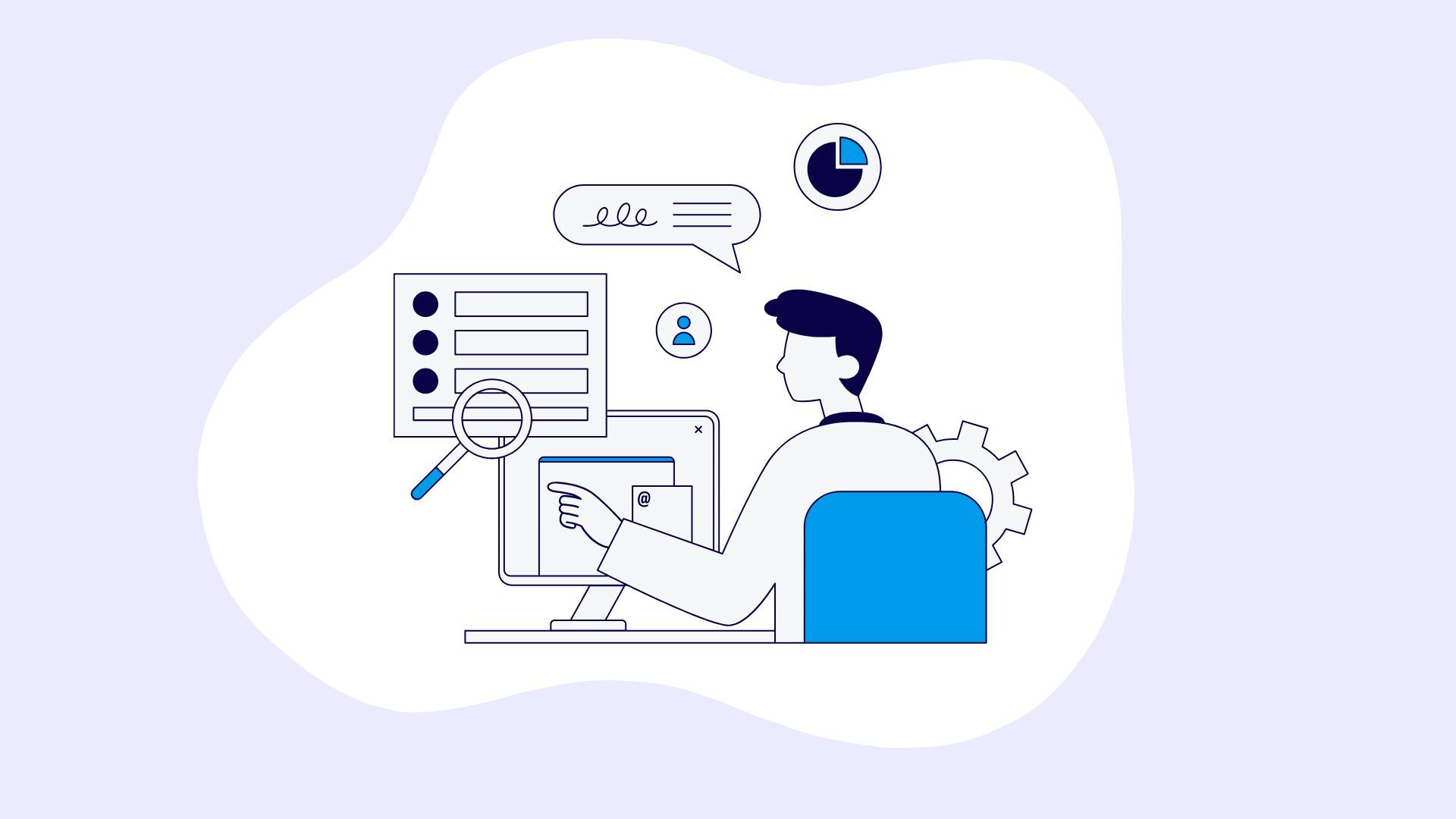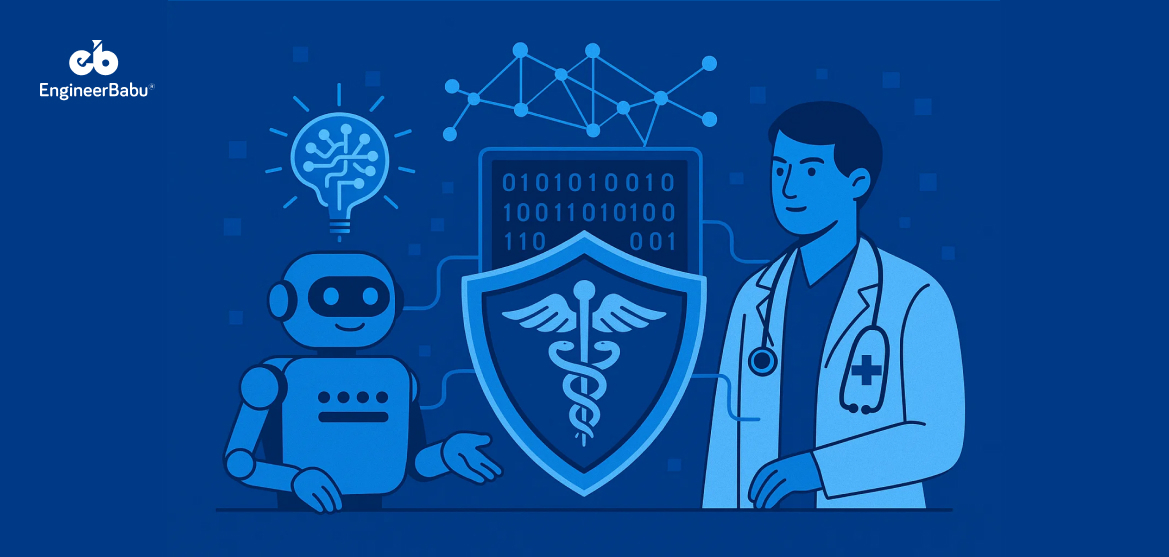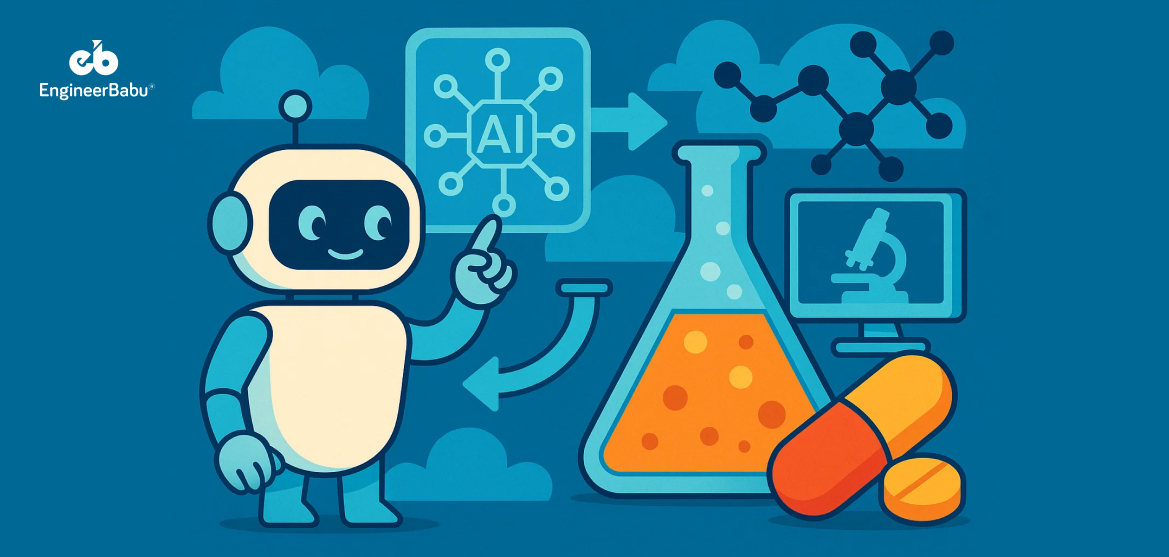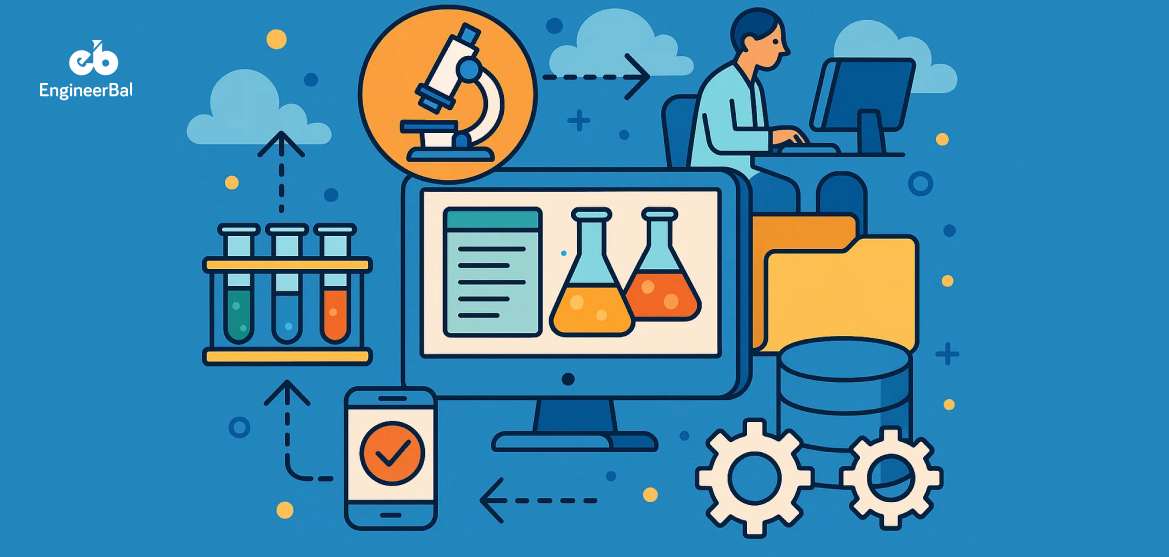What if doctors could spot early warning signs of a heart attack before it happens? What if a smartwatch could alert a diabetic patient about a dangerous blood sugar drop—before they even feel it? Artificial intelligence (AI) is turning these possibilities into reality.
For years, remote patient monitoring (RPM) has helped doctors track patients outside hospitals using wearable devices and home-based sensors. But AI is taking it a step further—analyzing massive amounts of real-time health data, detecting patterns, and predicting risks before symptoms even appear.
For healthcare providers, this means better patient care, fewer hospital visits, and improved efficiency. But with new technology comes new challenges—data security, AI accuracy, and integrating AI into existing healthcare systems.
So, how exactly is AI transforming remote patient monitoring? In this blog, we’ll explore the impact of AI on RPM, real-world examples, and what the future holds.
Let’s dive in.
What is Remote Patient Monitoring (RPM)?
Remote Patient Monitoring (RPM) is a game-changer in healthcare, allowing doctors to track patients’ health outside hospital walls. By using digital devices like wearables, biosensors, and mobile apps, healthcare providers can monitor vital signs and detect health risks in real-time.
This approach is especially useful for managing chronic diseases like diabetes, hypertension, and heart conditions, where constant monitoring can prevent complications. Patients can go about their daily lives while their health data is automatically sent to their care team—reducing unnecessary hospital visits and improving patient outcomes.
How RPM Works
RPM devices collect key health data such as:
- Heart rate & blood pressure – Monitored via smartwatches and BP cuffs.
- Blood glucose levels – Devices like continuous glucose monitors (CGMs) track sugar levels for diabetic patients.
- Oxygen levels & respiratory rate – Pulse oximeters help monitor conditions like COPD and COVID-19.
- Weight fluctuations – Smart scales alert doctors about sudden weight changes in heart failure patients.
The Role of AI in Remote Patient Monitoring
Remote patient monitoring has been around for years, but AI is taking it to the next level. Traditional RPM collects patient data, but AI goes beyond that by analyzing it in real time, identifying patterns, and predicting potential health risks.
This allows healthcare providers to move from reactive care—treating issues as they arise—to proactive care, where problems can be detected and addressed before they become serious.
Here’s how AI is enhancing RPM and transforming patient care:
AI-Powered Data Analysis
Every day, remote patient monitoring devices generate massive amounts of health data. Without AI, doctors and nurses would spend hours manually reviewing information, making it impossible to detect subtle changes that could indicate a problem. AI-powered algorithms process and analyze this data instantly, recognizing patterns and highlighting abnormalities that require medical attention.
For instance, AI systems can continuously monitor heart rate, blood pressure, oxygen levels, and glucose levels, flagging any deviations from normal ranges. This ensures faster responses to potential health risks, reducing complications and hospital visits.
Predictive Analytics for Early Diagnosis
One of AI’s biggest strengths in RPM is its ability to forecast potential health issues before they happen. Unlike traditional monitoring, which only alerts doctors when an abnormality occurs, AI-powered predictive analytics can detect subtle trends that indicate a patient may develop a serious condition in the near future.
For example, AI can analyze weeks or months of patient data to predict if someone is at risk of heart failure, allowing doctors to intervene with lifestyle adjustments or medication changes before symptoms even appear. This approach reduces emergency hospitalizations and improves long-term patient outcomes.
Personalized Treatment Plans
Every patient is unique, yet traditional healthcare often follows a one-size-fits-all approach. AI is changing that by making personalized medicine a reality. AI-powered RPM systems tailor treatment plans based on an individual’s health history, lifestyle, and real-time data. This ensures that each patient gets the right treatment at the right time, improving their overall health outcomes.
For example, AI can monitor a diabetic patient’s glucose levels, diet, and exercise habits, and then automatically adjust their insulin dosage to prevent dangerous blood sugar fluctuations. This level of customization ensures that patients receive the most effective treatment without constant manual intervention.
In fact, studies have shown that patients using AI-driven insulin pumps experience fewer health emergencies and better blood sugar control.
AI-Powered Virtual Assistants
Not every patient needs to see a doctor for minor health concerns. AI-powered virtual assistants and chatbots are transforming how patients receive care by providing instant medical guidance, answering health-related questions, and even reminding patients to take their medication.
This reduces the burden on healthcare providers while ensuring that patients stay engaged in their treatment plans.
Virtual assistants can also analyze patient-reported symptoms and escalate cases when necessary. If a patient describes worsening symptoms, the AI can flag the case for immediate review by a doctor. This streamlines care delivery and prevents unnecessary hospital visits.
Cleveland Clinic, for example, has implemented AI-powered virtual assistants to follow up with post-surgery patients. These AI assistants check in with patients, ask about their recovery progress, and provide guidance on managing pain and medication.
Key Ways AI is Transforming Remote Patient Monitoring
AI-Powered Wearables and Smart Devices
Wearable devices like smartwatches, fitness trackers, and biosensors are now equipped with AI to do more than just track activity. These devices detect early signs of disease and alert users to potential health risks. The Apple Watch’s ECG feature, for example, has identified atrial fibrillation in many users, leading to early medical intervention and stroke prevention.
Predictive Analytics for Early Disease Detection
AI-driven predictive analytics can identify health risks before symptoms appear, allowing for early intervention and better patient outcomes. Hospitals using AI-driven RPM have also reported a 40% decrease in emergency room visits for high-risk patients.
By analyzing real-time data, AI helps healthcare providers anticipate complications, reducing the burden on emergency services and improving long-term patient care.
Personalized Treatment Plans and Virtual Health Assistants
Patients are looking for personalized treatment plans these days. AI enables this by analyzing a patient’s medical history, lifestyle, and genetic profile to create customized treatment plans.
Additionally, AI-powered virtual assistants provide medication reminders and health guidance, helping patients stay engaged in their treatment while reducing the workload for healthcare providers.
AI in Chronic Disease Management
Managing chronic conditions like diabetes, COPD, and hypertension requires continuous monitoring and adjustments in treatment. AI enhances remote monitoring by analyzing health patterns and automatically optimizing treatment plans.
In fact, real-time CGM use led to a 1.0% reduction in HbA1c levels over 12 weeks in patients with type 2 diabetes not on prandial insulin, compared to a 0.5% reduction with self-monitoring of blood glucose. These advancements ensure better disease control and reduce complications, leading to improved patient outcomes and fewer hospital visits.
AI-Driven Automation in Healthcare Workflows
Beyond patient monitoring, AI is streamlining administrative tasks in healthcare, reducing the burden on doctors and nurses. AI-powered scribe technology, for example, saves physicians up to two hours per day on medical documentation, allowing them to focus more on patient care.
Additionally, AI-driven automation in scheduling, billing, and data processing is projected to save the U.S. healthcare system $360 billion annually by reducing manual work. These efficiencies contribute to better resource allocation and a more sustainable healthcare model.
This transformation is making remote patient monitoring more effective, predictive, and tailored to individual needs, ultimately improving patient care and healthcare efficiency.
Benefits of AI in Remote Patient Monitoring
Better Patient Outcomes
AI enables faster diagnosis and early intervention, preventing complications and improving survival rates. By continuously analyzing health data, AI helps doctors address potential health issues before they escalate.
Reduced Hospital Readmissions
AI-driven remote monitoring identifies high-risk patients early, allowing healthcare providers to intervene before emergencies occur. This proactive approach significantly reduces hospital readmissions and improves long-term patient care.
Lower Healthcare Costs
By minimizing unnecessary emergency room visits and hospital stays, AI-driven RPM lowers overall healthcare expenses. Predictive analytics also help optimize resource allocation, reducing financial strain on hospitals and patients.
Improved Efficiency for Providers
AI automates administrative tasks such as medical documentation and data analysis, freeing up healthcare professionals to focus on patient care. This reduces burnout and enhances overall workflow efficiency.
Challenges and Ethical Considerations
Data Security & Privacy Risks
AI systems collect vast amounts of sensitive patient data, making cybersecurity a major concern. Compliance with HIPAA regulations is essential to protect patient privacy and prevent data breaches.
Integration with Existing Systems
Many hospitals use legacy infrastructure that is not AI-compatible, making integration difficult. Upgrading systems to accommodate AI-driven RPM requires significant investment, training, and technical expertise.
Regulatory Concerns
AI-driven medical devices must receive FDA approval, which can be a lengthy and complex process. Regulatory delays slow AI adoption, preventing healthcare providers from implementing the latest advancements.
Over-Reliance on AI
While AI enhances patient monitoring, it should not replace human judgment. Healthcare providers must ensure a balance between AI-driven automation and human oversight to avoid misdiagnosis and treatment errors.
The Future of AI in Remote Patient Monitoring
AI is set to revolutionize remote patient monitoring by making healthcare more accessible, accurate, and efficient. AI-powered virtual hospitals will enable real-time patient care from home, reducing the need for in-person visits. Advanced AI algorithms will deliver more precise and personalized treatments, improving patient outcomes.
The expansion of 5G technology will enhance real-time AI data processing, making remote monitoring faster and more responsive. Additionally, AI will bridge healthcare gaps by expanding access to quality care in underserved and rural areas.
- AI-powered virtual hospitals will enable real-time patient care from home.
- AI algorithms will become more accurate and personalized.
- 5G technology will enhance real-time AI data processing.
- AI will expand access to quality care in remote areas.
Conclusion
AI is redefining remote patient monitoring by enabling early disease detection, predictive analytics, and personalized treatment. It enhances healthcare efficiency, reduces hospital readmissions, and allows proactive interventions that improve patient outcomes. While challenges like data privacy, regulatory approvals, and system integration remain, the long-term benefits far outweigh the risks.
For U.S. healthcare providers, embracing AI-driven RPM is no longer an option—it’s the future of patient care. Healthcare organizations looking to integrate AI-powered solutions can partner with expert app development companies to build seamless and scalable AI-driven healthcare platforms.
FAQs
How does AI improve remote patient monitoring?
AI enhances RPM by analyzing real-time patient data, predicting health risks, and enabling early interventions. It helps doctors identify potential complications before symptoms appear, reducing hospitalizations and improving patient outcomes. AI-driven virtual assistants also assist patients with medication reminders and symptom tracking.
Are AI-powered remote patient monitoring devices FDA-approved?
Yes, several AI-powered RPM devices, such as AI-driven ECG wearables and continuous glucose monitors (CGMs), have received FDA approval. However, new AI applications in healthcare must go through regulatory processes to ensure safety, accuracy, and compliance with healthcare standards.
What are the biggest concerns about using AI in remote patient monitoring?
The main concerns include data privacy, AI accuracy, integration challenges, and regulatory approvals. AI systems must comply with HIPAA regulations to protect patient information. Additionally, AI should complement human oversight, as over-reliance on automation can lead to misdiagnoses.
How does AI-driven remote patient monitoring reduce hospital readmissions?
AI identifies high-risk patients by continuously monitoring vital signs and detecting early signs of deterioration. By alerting doctors before conditions worsen, AI allows proactive interventions that prevent avoidable hospital visits. Studies show that AI-driven RPM has led to significant reductions in emergency room visits and hospitalizations.
How can Engineerbabu help healthcare providers build an AI-powered remote patient monitoring system?
Engineerbabu is an experienced IT services provider specializing in building HIPAA-compliant, AI-driven healthcare applications that meet strict regulatory requirements. Their expert development team ensures secure, scalable, and efficient RPM solutions tailored to healthcare providers’ needs.




